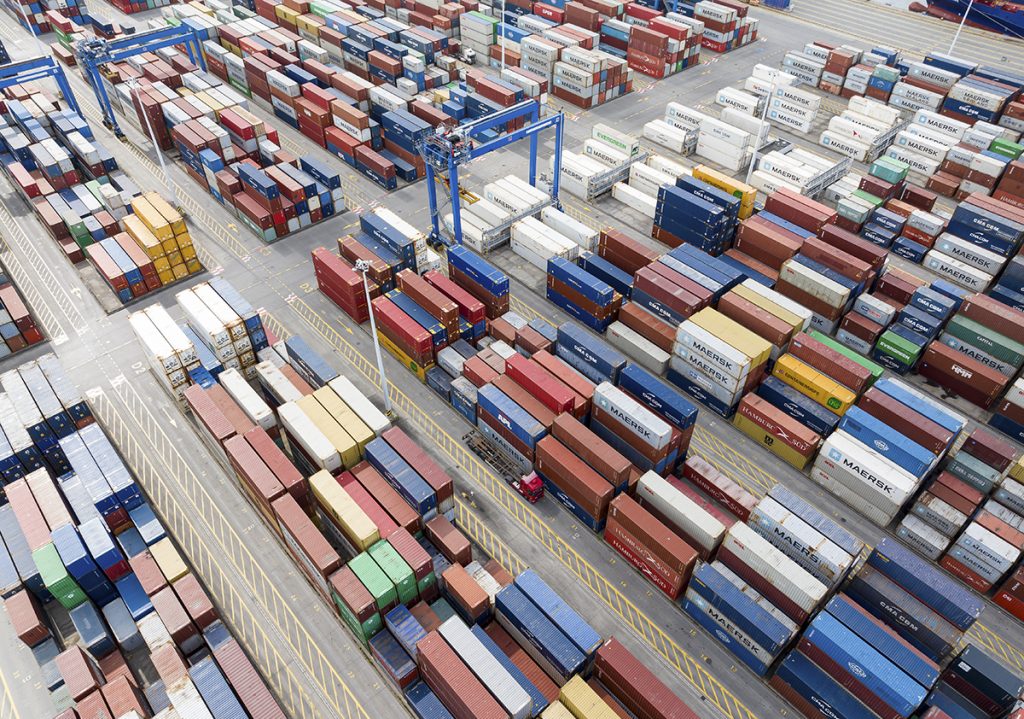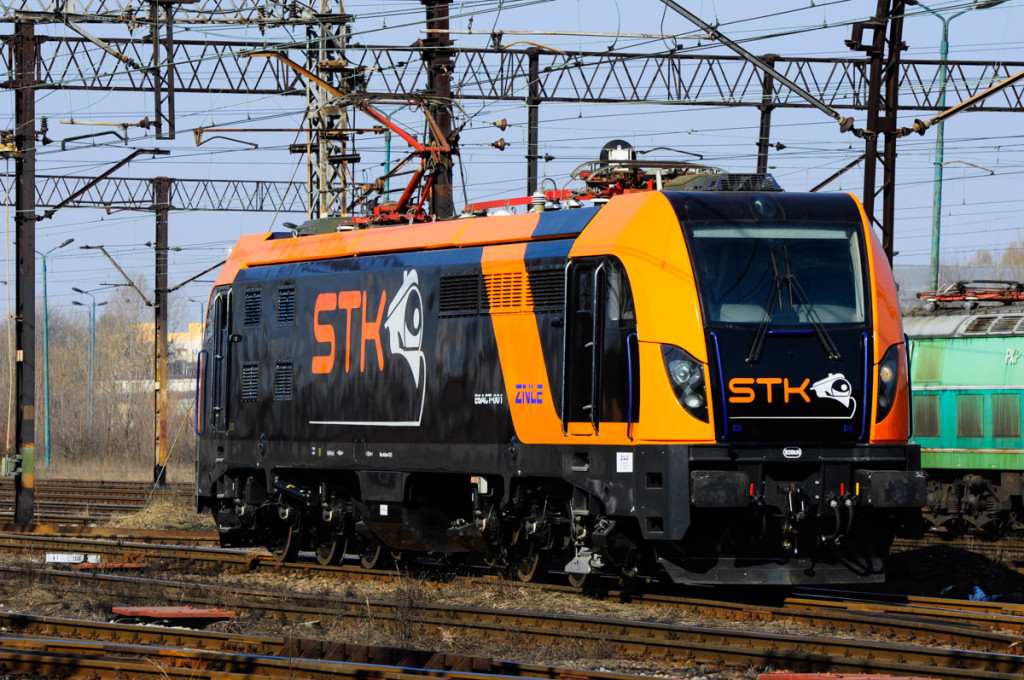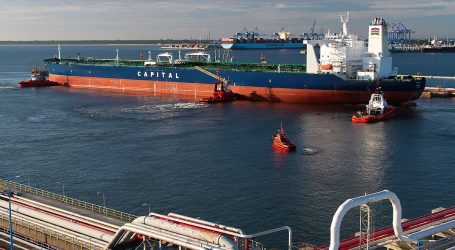New terminal on the map of the Baltic-Adriatic Transport Corridor
In January, the Port of Gdansk Authority presented a summary of transshipments in 2023. Poland’s largest port has surpassed another transhipment barrier. Nearly 81 million tonnes, which means there was an increase of more than 12.7 million tonnes in transshipments compared to 2022.
The handling of liquid fuels most influenced the overall result of the port of Gdansk. In 2023, a transhipment of 37.6 million t was recorded. This represents an increase of over 12 tonnes, or 47 per cent, compared to 2022 (25.5 million t).
Agro commodities recorded the highest percentage increases (up 60 per cent). Grain terminals operated at full capacity last year, directly related to the blockade of Ukrainian ports on the Black Sea and the transit of Ukrainian grain through Polish ports, among others. Grain transshipments at the Port of Gdansk during the year amounted to almost 3.1 million t (the previous year, around 2 million t).
Coal imports at the Port of Gdansk remained similar to last year’s. The coal terminals handled 13.3 million t, including 12.5 million t on an import basis. This represents an increase of 1 per cent compared to 2022. General cargo handling reached a similar rate to 2022, i.e. 22.9 million t, while a slight decrease (by 0.9 per cent) of 3.5 million t was recorded in the bulk cargo group.
Container terminals located in the Port of Gdansk recorded an increase of 2.5 per cent, which means transhipments of nearly 20.5 million t.
As the authorities of ZMPG emphasised, record transshipments mean record financial results. ZMPG S.A. recorded a net profit of PLN 224.4 million for 2023. For comparison, in 2021, the profit was more than three times lower (amounting to PLN 65 million).
The Baltic Hub Container Terminal Sp. z o.o., which operates within the port of Gdańsk, also recorded its record in 2023. (launched in 2007 under the name DCT Gdańsk). Located in the Northern Port, it is the only deep-water terminal in the Baltic Sea area with direct calls from the Far East. The terminal handles Polish imports, exports, transit and maritime transit. Thanks to its good access from the sea, lack of ice, and excellent operational capabilities, it is very well connected to cargo destinations located inland. It is a natural gateway to Central and Eastern Europe for containerised trade.
In 2023, the company reached another milestone by handling the 20 millionth container in September. The terminal’s operating result last year was 2,050,813 TEUs. The highest number of transhipments during a single call was 13,195 TEU, recorded in September on the Marit Maersk.
Over 6,700 trains were handled at the railway siding at the Baltic Hub in the past year. This demonstrates the growing role of rail transport in port operations. Truck traffic was also significant, reaching more than 580,000. In maritime transport, the Baltic Hub handled more than 600 vessels, including 105 ocean-going vessels, some of the largest in the world.




